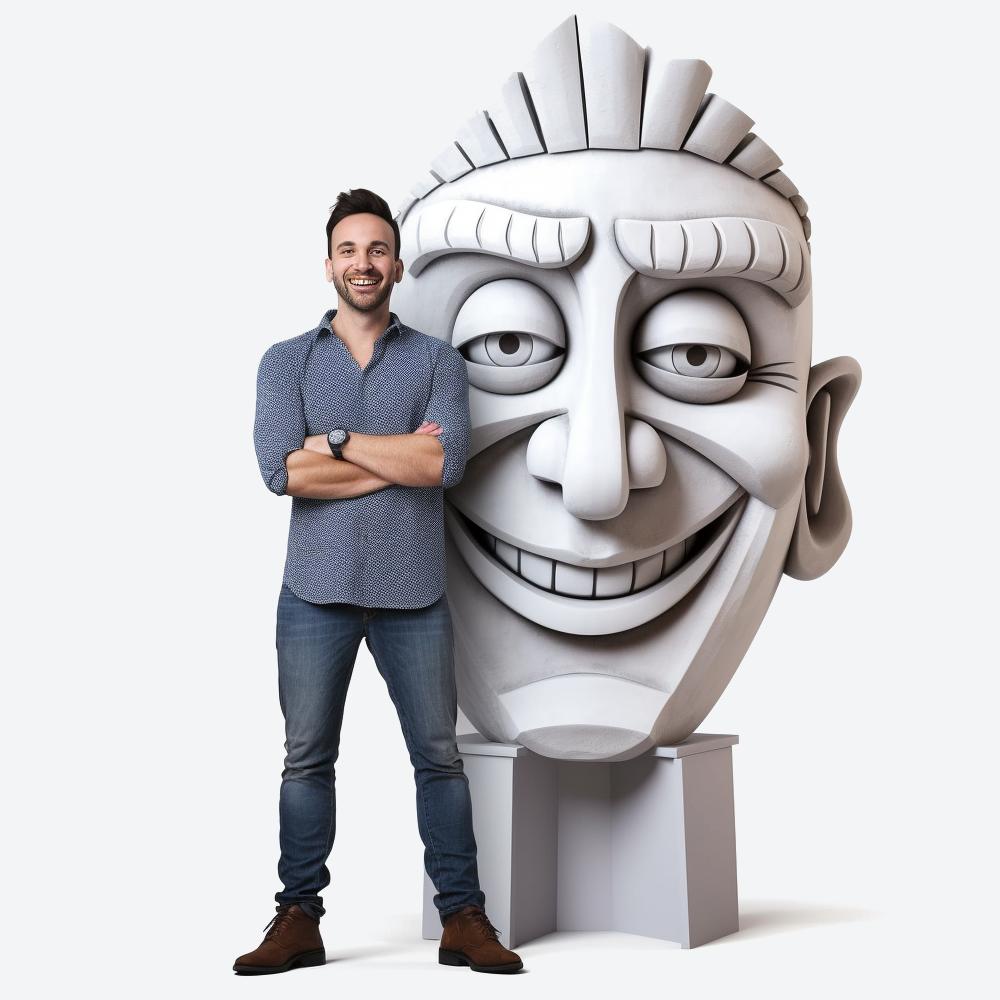


If you want to succeed in today's competitive online landscape, it's crucial to create content that resonates with your target audience and helps you stand out from the crowd. But how can you ensure that your content is discoverable and visible to the people who matter most – your potential customers? That's where the semantic core and keyword research come in. By identifying the words and phrases that your target audience is searching for, you can create content that is optimized for search engines and designed to meet their needs. By using the logical connection between your semantic core and keywords, you can develop a content strategy that helps you attract and retain customers, build brand awareness, and grow your business online. So, don't miss out on this opportunity – start using the power of semantic core and keywords to create content that helps you achieve your business goals today!
Before you start to create your content by using the right keywords and phrases, please do remember (!) :
The semantic core refers to the set of words or phrases that are the most important and relevant to the content of a piece of text. In the context of search engine optimization (SEO), the semantic core of a website or webpage is the group of keywords and phrases that are used to describe the main topics and themes of the content.
Developing a strong semantic core is important for SEO because it helps search engines understand the relevance and significance of the content on a webpage. By including relevant keywords and phrases in the content, meta tags, and other on-page elements, website owners can improve their chances of ranking higher in search engine results pages (SERPs) for queries related to their business or industry.
The semantic core of "sculptor services" can be described as follows:
Sculpture types: Sculptors may specialize in different types of sculptures, such as figurative, abstract, or installation sculptures. Therefore, "sculpture types" is a key component of the semantic core.
Materials: Sculptors work with a variety of materials, such as wood, stone, metal, clay, and plaster. Therefore, the term "materials" is another important element.
Artistic vision: Sculptors often have a unique artistic vision for their work, which may be influenced by personal style, cultural background, or inspiration. Therefore, the term "artistic vision" is also a core concept.
Techniques: Sculptors use various techniques to create their work, such as carving, casting, welding, and modeling. Therefore, the term "techniques" is another key element.
Scale: Sculptures can vary greatly in scale, from small tabletop pieces to large public installations. Therefore, the term "scale" is also a core concept.
Functionality: Some sculptures may serve a functional purpose, such as seating or architectural features. Therefore, the term "functionality" is another important element.
Client needs: Sculptors may work with clients to create custom pieces that meet specific needs or requirements. Therefore, the term "client needs" is also a key concept.
Installation: The installation of a sculpture can be an important consideration, particularly for large or outdoor pieces. Therefore, the term "installation" is another important element.
Portfolio: Sculptors often have a portfolio of their work that showcases their skills and previous projects. Therefore, the term "portfolio" is also a core concept.
Price: The price of a sculpture can vary depending on factors such as size, complexity, and materials used. Therefore, the term "price" is another important element.
Collaboration: Sculptors may collaborate with other artists or professionals, such as architects or landscape designers, to create integrated works. Therefore, the term "collaboration" is another key concept.
Education and training: Sculptors typically have formal education and training in art and sculpture techniques. Therefore, the term "education and training" is also a core concept.
Exhibition: Sculptors may exhibit their work in galleries, museums, or other public spaces. Therefore, the term "exhibition" is another important element.
Commissions: Sculptors may be commissioned to create works for specific purposes or clients. Therefore, the term "commissions" is another key concept.
Restoration: Sculptors may also provide restoration services for existing sculptures, repairing damage or deterioration over time. Therefore, the term "restoration" is another important element.
Keywords:
Sculpture types
Materials
Artistic vision
Techniques
Scale
Functionality
Client needs
Installation
Portfolio
Price
Collaboration
Education and training
Exhibition
Commissions
Restoration
By incorporating carefully chosen keywords into your business profile in our catalog, you can significantly improve your search rankings and attract more relevant leads. Think of these keywords as your secret weapon for reaching the right customers at the right time.
Unlock the true potential of your business with Mapolist – where strategic keywords and success go hand in hand. Sign up now and let the world find you!
We use cookies
We use cookies and other tracking technologies to improve your browsing experience on our website, to show you personalized content and targeted ads, to analyze our website traffic, and to understand where our visitors are coming from. Privacy Policy.